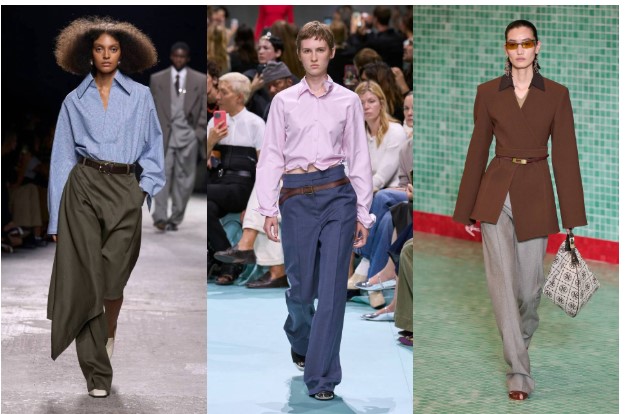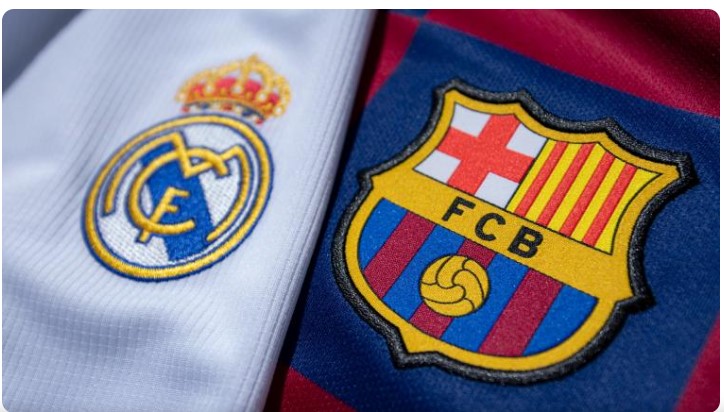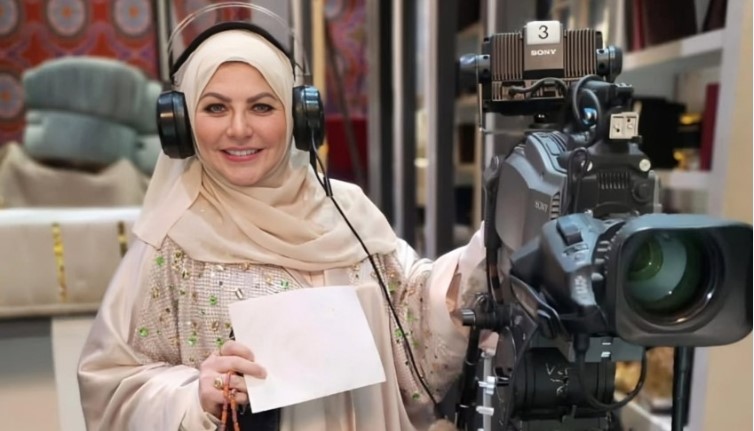
In a season marked by a push against algorithm-driven fashion trends, where the call to stop searching for “how to create a personal style” urges individuals to look inward, designers are increasingly embracing menswear-inspired codes.
The trend of women “borrowing from the boys” originated from a desire for freedom and independence. However, in the face of rising conservative movements that target women’s autonomy—echoing the sentiments of Barbara Kruger—it now feels less like a fleeting trend and more like a significant response to current societal issues.
Historically, in the late 17th century, women began donning men’s riding coats, cravats, and tricorne hats for travel by horse or carriage. By the late 19th century, the bicycle craze popularized bloomers, allowing women greater mobility. Today, while wearing pants is no longer seen as subversive, and a woman in a tailored suit doesn’t solely equate to “masculine” dressing, the term remains a convenient shorthand for describing contemporary silhouettes.
Current trends feature precisely oversized shirts and trousers that appear “big” without sacrificing fit—evoking the sense that a woman has borrowed them from a man’s wardrobe. Styling plays a significant role, often incorporating menswear tropes, such as the three-piece suit. At the Milan spring/summer ’25 show, Bally’s creative director, Simone Bellotti, showcased a co-ed collection that included a boxy jacket layered over a zippered vest, paired with a wide mesh T-shirt and high-rise pressed trousers, presented on models of all genders.
This evolution in fashion reflects a deeper narrative, highlighting the complex relationship between gender, identity, and the societal challenges women face today.






